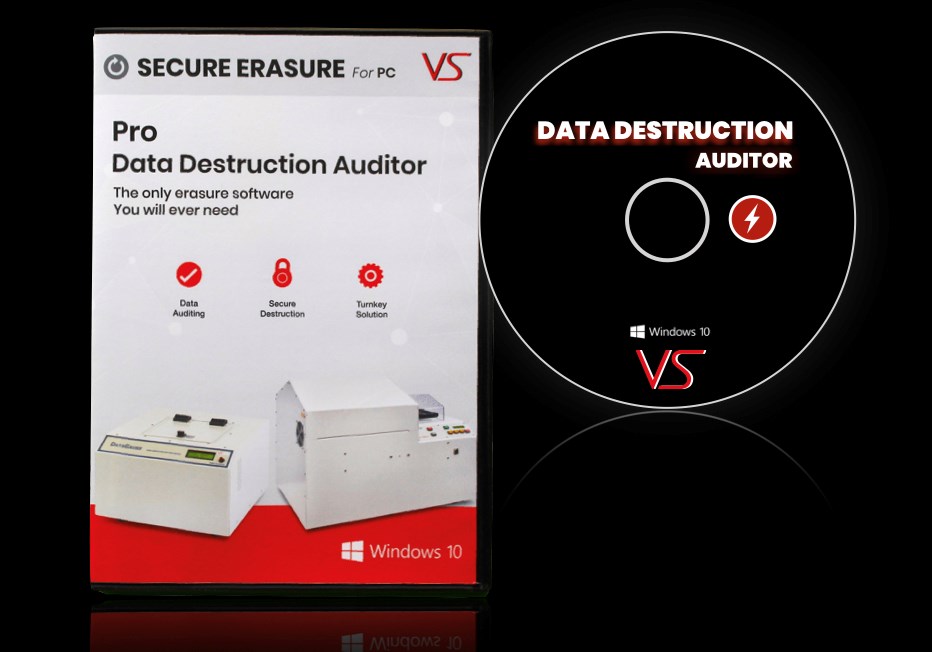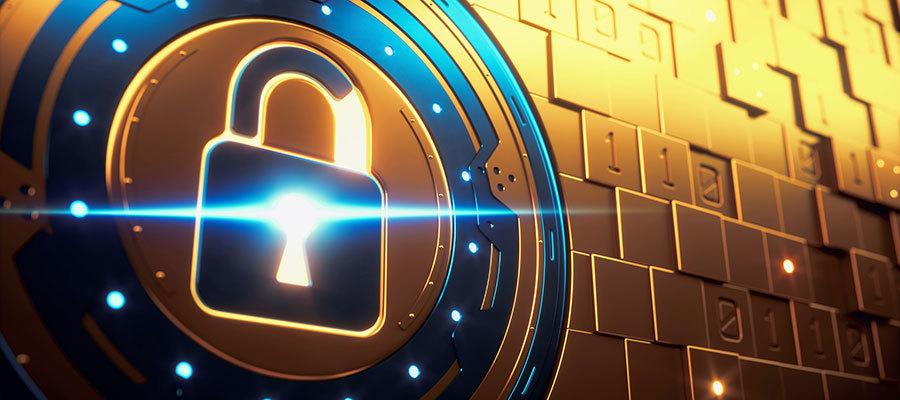Maximizing Cyber Security through Advanced Data Destruction Techniques
Maximizing Cyber Security through Advanced Data Destruction Techniques
Blog Article
The Importance of Effective Data Damage Practices in Shielding Sensitive Details and Ensuring Computer Security
In a period where data violations are progressively common, the importance of reliable data devastation methods can not be overstated. Applying robust information damage methods not just alleviates these risks yet likewise aligns with lawful compliance needs, making sure that organizations promote their online reputation and foster client trust.
Recognizing Information Damage
Understanding information damage is vital in today's digital landscape, where sensitive details can quickly be jeopardized. Effective information destruction entails not merely removing files yet ensuring that data is irretrievable through detailed methods. This procedure is crucial for organizations that manage confidential client info, intellectual property, or interior files, as any violation can result in serious economic and reputational effects.
Data destruction includes different strategies, consisting of shredding physical media, degaussing magnetic storage space devices, and employing software-based services that overwrite data several times. Each technique offers a details objective and must align with the sensitivity of the information being taken care of. For instance, physical devastation is often preferred for hard disk drives including extremely private data, while software methods might suffice for less delicate details.
Furthermore, adhering to sector requirements and policies, such as the General Data Protection Law (GDPR) or the Wellness Insurance Coverage Mobility and Accountability Act (HIPAA), is vital for compliance and to minimize lawful risks. Organizations must create a robust information damage policy, train staff members on finest practices, and consistently examine their procedures to make certain that all delicate information is taken care of safely and effectively.
Threats of Inadequate Practices
Insufficient information damage techniques subject companies to considerable risks that can have significant consequences. When delicate information is not appropriately dealt with, it continues to be susceptible to unapproved access, which can cause data breaches and identification theft. Such occurrences not just jeopardize the protection of individuals however additionally tarnish the company's reputation, leading to a loss of consumer count on and prospective economic consequences.
Additionally, regulatory compliance is significantly strict in lots of industries. Failure to follow information devastation regulations can lead to substantial penalties and legal actions versus companies. These fines can strain funds and draw away attention from core company procedures.
Furthermore, the abuse of recurring data can lead to intellectual building theft or corporate espionage, endangering competitive advantages (data destruction). The effect of insufficient information devastation expands past immediate financial losses; it can also result in long-term damage to brand name honesty and market placement

Organizations must recognize that data protection is not only concerning protecting against violations; it additionally incorporates the liable administration of data throughout its lifecycle. Overlooking effective data destruction methods can have tragic effects, highlighting the requirement for robust measures to minimize these threats.
Finest Practices for Data Destruction
Applying effective information devastation methods is important for safeguarding delicate details and preserving compliance with governing requirements. Organizations ought to take on a multi-faceted technique to make sure that data is irretrievable, therefore stopping unauthorized accessibility and prospective breaches.
First, information must be categorized based upon sensitivity, allowing companies to apply appropriate damage methods customized to the level of threat. For electronic data, using software-based data-wiping tools that adhere to industry criteria can efficiently overwrite existing information. Physical damage methods, such as shredding or degaussing, are vital for devices that save sensitive details, guaranteeing full removal.
Developing a clear data retention plan is vital, outlining just how long different sorts of information must be retained before devastation. Regular audits of data storage space systems are also needed to recognize outdated or unneeded information needing removal.
In addition, training employees on the significance of information devastation and the particular methods to follow fosters a culture of news safety within the company. Preserving documents of information damage processes offers responsibility and sustains compliance with interior plans and external regulations. By sticking to these ideal methods, companies can significantly mitigate the risks related to data direct exposure.
Legal and Conformity Factors To Consider

Failing to abide by these policies can cause extreme penalties, including significant penalties and reputational damage. Organizations should carry out a durable data destruction policy that lines up with these lawful structures and provides clear guidelines on the appropriate techniques of information disposal, whether physical shredding or electronic cleaning.
Moreover, maintaining paperwork of data damage tasks is crucial for demonstrating compliance during audits or evaluations. By prioritizing legal and compliance considerations, organizations can improve their data safety pose and foster trust fund with customers and stakeholders, inevitably adding to an extra safe and secure information monitoring setting.
Advantages of Effective Information Damage
Efficient data damage practices extend beyond mere conformity; they supply substantial benefits to organizations that prioritize them. By making sure that sensitive information is irretrievably destroyed, organizations minimize the threat of data breaches and the possible economic consequences related to them. This positive approach not just safeguards versus unauthorized access but additionally improves the overall trustworthiness of the company in the eyes of stakeholders and clients.
Implementing durable data destruction approaches, such as physical damage of storage tools or sophisticated data cleaning methods, contributes to the fortifying of an organization's cybersecurity posture. data destruction. It lowers the possibility of intellectual home theft and secures proprietary details, thus maintaining an one-upmanship in the marketplace

Conclusion
In final thought, efficient information devastation techniques are essential for protecting sensitive info and improving general computer system safety. By applying thorough methods such as shredding, software program, and degaussing overwriting, organizations can reduce the risks read review connected with unauthorized additional reading access and data violations. Adherence to governing criteria, consisting of GDPR and HIPAA, additional strengthens compliance and protects versus lawful consequences. Eventually, a commitment to durable information damage techniques fosters a culture of duty, consequently enhancing an organization's cybersecurity posture and keeping customer count on.

Report this page